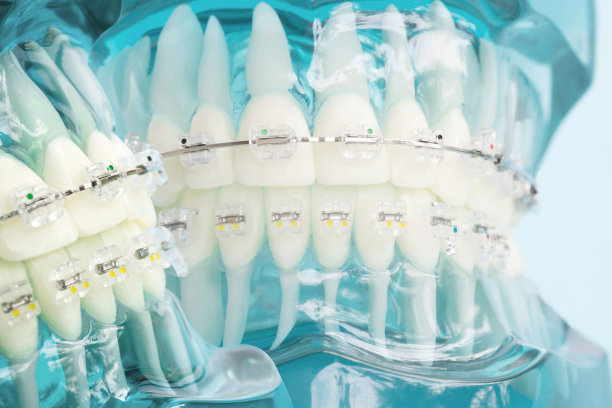The Comprehensive Guide to Extracting a Tooth Safely and Efficiently for Optimal Dental Health
Summary: The extraction of a tooth is a crucial procedure that must be approached with caution. This guide provides a detailed overview of safe and efficient tooth extraction methods that can enhance dental health. Through thorough preparation, precise techniques, careful aftercare, and professional expertise, individuals can ensure a positive outcome. Understanding these elements is essential for both dentists and patients aiming for optimal dental health. From the initial assessment to post-operative care, this guide thoroughly explores the necessary steps to achieve a successful tooth extraction.
1. Importance of Proper Assessment Before Extraction

Conducting a thorough assessment before tooth extraction is vital. Dentists must evaluate the patients dental history and conduct a clinical examination to understand the specific circumstances surrounding the tooth that needs to be extracted. Factors such as infection, tooth decay, and surrounding structures play a significant role in the assessment process.
Additionally, X-rays can provide essential insights into the tooths roots and its relationship with nearby teeth and nerves. This imaging ensures that the dentist has a comprehensive picture, reducing the risk of complications during extraction. A well-informed decision is crucial for the success of the procedure.
Moreover, assessing the patients overall health can prevent potential complications. Conditions such as heart disease, diabetes, or blood clotting disorders must be considered, as they can influence the extraction process and healing. Thus, a careful pre-extraction evaluation sets the foundation for a safe procedure.
2. Techniques for Safe and Efficient Tooth Extraction
The technique employed during the extraction is critical for ensuring safety. Dentists must choose between simple and surgical extractions, depending on the tooths condition. A simple extraction involves loosening the tooth with special instruments and removing it, while surgical extraction may be necessary if the tooth is impacted or broken.
During simple extractions, the dentist uses an elevator to loosen the tooth, followed by forceps to extract it carefully. In surgical extractions, sedation may be required to provide comfort, and incisions are made in the gum to access the tooth. Mastery of these techniques can drastically reduce patient discomfort and facilitate a smoother extraction process.
Moreover, proper use of anesthesia is vital for patient comfort. Local anesthesia is typically employed to numb the extraction site, minimizing pain during the procedure. In more complex cases, general anesthesia may be indicated. The dentist must gauge the most appropriate form of anesthesia based on the cases demands, ensuring that the patient remains comfortable and relaxed throughout the process.
3. Essential Aftercare for Optimal Recovery
Post-operative care plays a crucial role in the recovery phase following a tooth extraction. Dentists should provide patients with clear aftercare instructions to promote healing and minimize complications. Common recommendations include applying ice packs to reduce swelling and taking prescribed pain medications as needed.
Maintaining proper oral hygiene is also essential but should be done carefully to avoid disturbing the extraction site. Gentle rinsing with salt water can help keep the area clean while promoting healing. Its important for patients to understand the dos and donts of post-extraction care to ensure a smooth recovery.
Patients should monitor for signs of complications, such as excessive bleeding, increased pain, or signs of infection. These symptoms warrant immediate contact with the dentist. By being proactive about their recovery, patients can help prevent complications that might prolong healing or lead to further dental issues.
4. Consulting Professionals for Safe Extracting
While home remedies may seem appealing, consulting a dental professional is paramount for safe tooth extraction. Experienced practitioners have the requisite skills and knowledge to perform the procedure effectively while minimizing risks. Their expertise ensures that patients receive optimal care during the extraction process.
Moreover, dental professionals can offer additional options, such as sedation dentistry for anxious patients or those requiring complex extractions. Enlisting the help of qualified dentists guarantees that all precautions are taken and that the extraction is performed in a sterile and controlled environment.
Furthermore, follow-up appointments can ensure that the healing process is on track. These check-ups allow dentists to monitor recovery and address any concerns that may arise after the procedure. Professional guidance during both the extraction and recovery phases is invaluable for patient safety.
Summary:
Tooth extraction is a significant dental procedure that requires meticulous planning and execution. From thorough assessments to proper techniques and aftercare, each step contributes to a successful outcome. Engaging with dental professionals ensures that the extraction process is safe and effective, ultimately promoting optimal dental health.
This article is compiled by Vickong Dental and the content is for reference only



